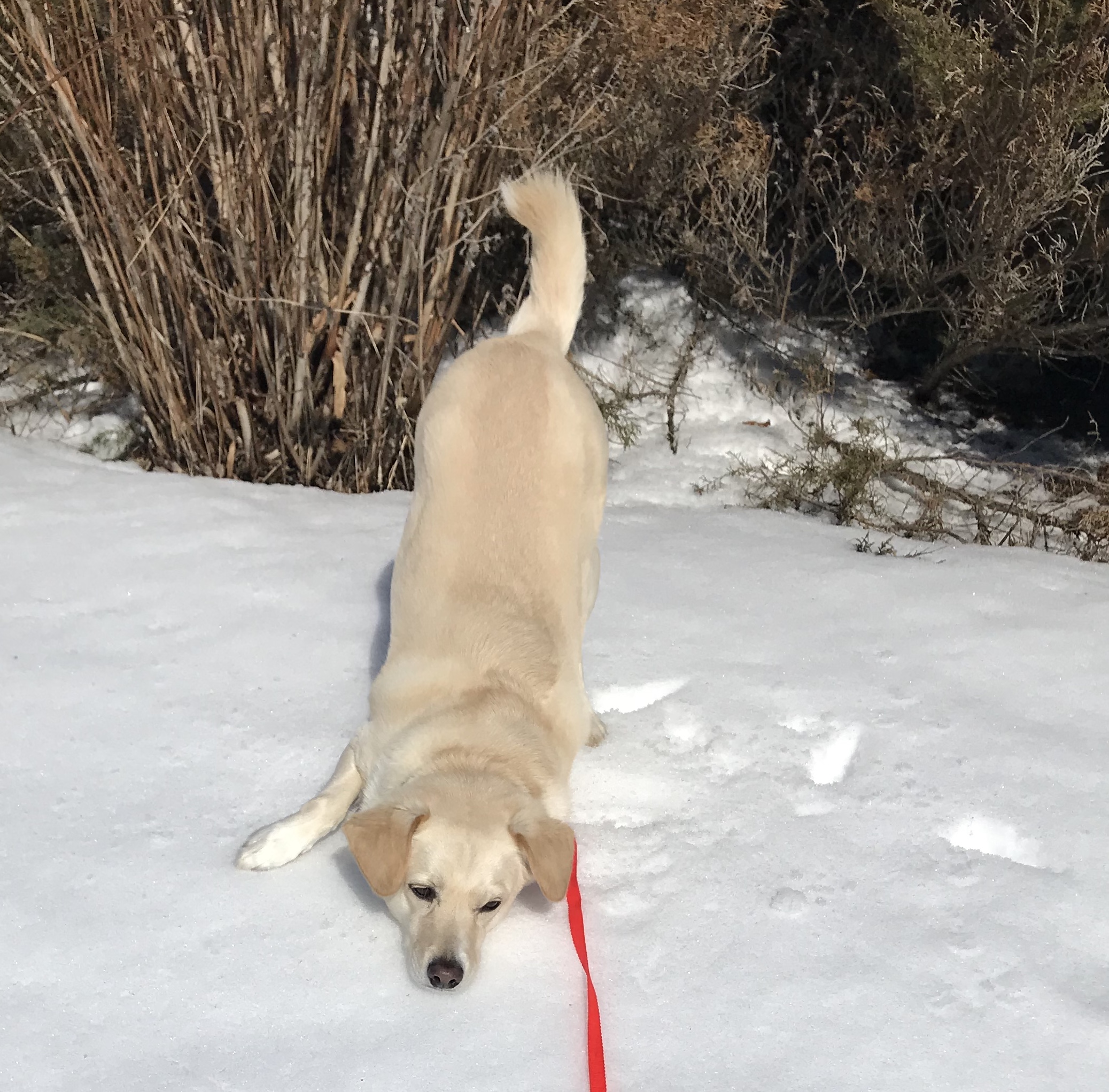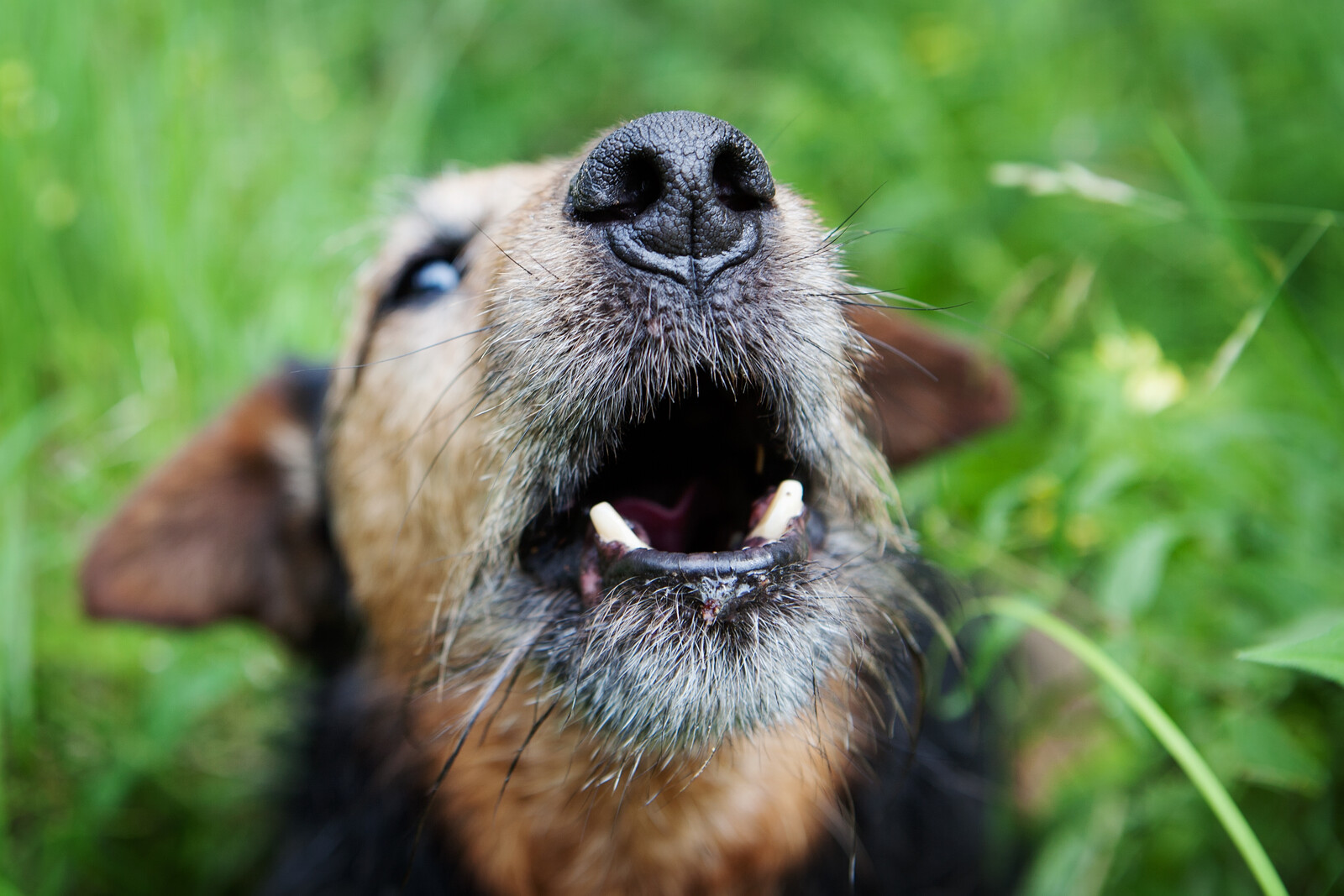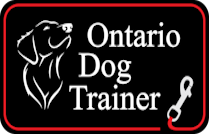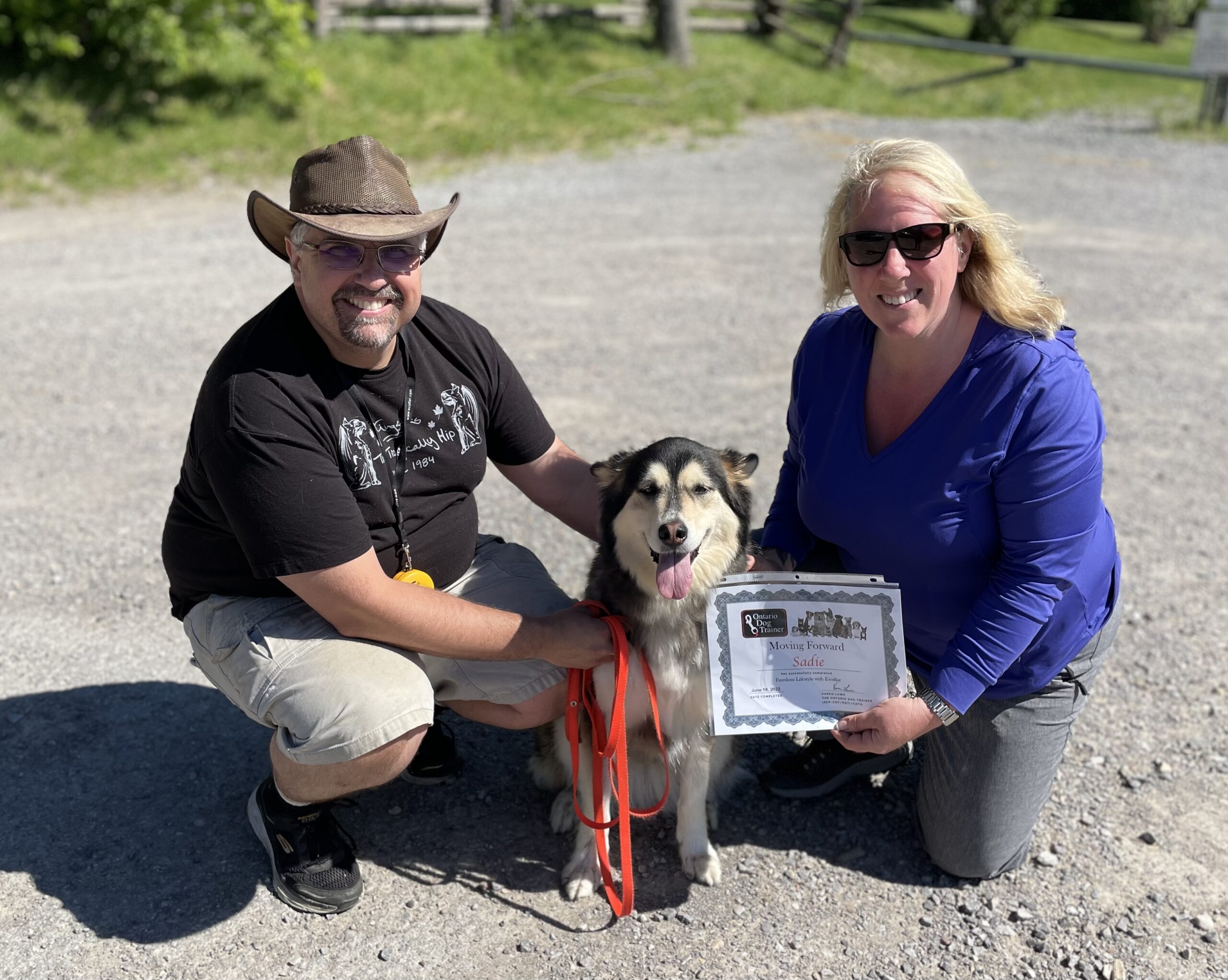
Pick me!
Is adopting a dog on your list of goals for 2023? Perhaps you recently adopted a dog to keep you company while you work from home.
Every dog regardless of age goes through a honeymoon phase with its new owners. Where are you at with the honeymoon period with your adopted dog?
What is the Honeymoon Period?
The honeymoon period with an adopted dog refers to the initial period of time after a dog is adopted from a shelter or rescue organization and brought into a new home. During this time, the dog may be on their best behaviour and seem to be the perfect companion for you.
However, it is important to note that this period can vary depending on the dog and their past experiences, but it typically lasts between a few days to a few weeks. It’s called the honeymoon period because, like a newlywed couple, everything seems perfect and happy during this time. During this blissful state, you believe that you and your newly adopted soulmate were made for each other. What could possibly go wrong?!
As your dog becomes more comfortable and settled in their new home, their true personality and behaviour may start to become more apparent, and some behaviour issues may arise. What seems like almost overnight, everything becomes unravelled … and the honeymoon is over.
How Will You Know When the Honeymoon is Over?
It’s important for you to be prepared for this and to seek professional training from a certified, balanced trainer for help to patiently work through any issues that may arise.
The duration of the honeymoon period with an adopted dog can vary depending on the individual dog and their past experiences. However, there are some common signs that indicate this blissful time is coming to an end.
Four common signs that the honeymoon period is ending include
1. Increased anxiety or fear
As your dog becomes more comfortable in their new environment, they may start to show signs of anxiety or fear, particularly in unfamiliar or stressful situations. The types of situations that can create anxiety or fear for your dog range from a change in your (and therefore your dog’s) daily routine to a major event like the addition of a new pet or family member in your home. Frequent visitors to your home during holidays or for special events, or one or all members of your family leaving the house to return to school or work can increase your dog’s anxiety or fear. In your dog’s mind, they struggled to settle into a predictable routine and are suddenly again faced with the unknown.
2. Displaying unwanted behaviours

He was quiet when he first arrived
As your dog becomes more comfortable and relaxed, they may start to display behaviours that were not present during the honeymoon period, such as barking, digging, chewing, escaping, dismissing you when you call, lunging at people or dogs when walking on the street, growling or nipping/biting at anyone who gets ‘too close’ to them or anything they covet such as their food bowl, your bed or you.
3. Changes in energy level
Your dog may become more energetic or less energetic, as they settle into their (and your) new routine and environment.
4. Training Regression
Your dog may seem to forget commands or tricks that you believed they had mastered during the honeymoon period. Commands that are forgotten include coming to you when called, especially when she is free in your backyard, not sitting or remaining in a sit or down when asked, leash manners and calmness at the door when visitors arrive. In general, it feels like your dog is doing whatever they want and totally ignoring you.
What To Do … or NOT Do?!
Don’t panic! The end of the honeymoon period is a normal process and is not a sign that the adoption was not successful. The apparent changes in your dog’s behaviour associated with the end of the honeymoon period are not permanent and can be overcome with time, patience and balanced training.
Seven Top Tips to Navigate the End of The Honeymoon Period
1. Establish a predictable daily routine
Create a consistent daily routine for your dog that includes a balance of work (walking is working), + rest (undisturbed) + play (engaging with you in a game of fetch, or tug). Providing this balanced daily structure and predictability can help to provide fulfillment for your dog, reduce anxiety, and will strengthen your bond. Three brisk walks every day are better than only one long walk on a weekend.
2. Provide Balanced Training
Teach your dog what you want before attempting to stop behaviour that you don’t want. Providing clarity on the behaviour or task that you
want can include using a leash or long-line guidance to build a habit of success for your dog to come to you when called, and using food, toys and/or praise to reward and reinforce desired behaviour. When your dog is clear on the expected behaviour they will accept a fair correction and will immediately get back to work with enthusiasm.
3. Provide Daily Physical Exercise and Mental Stimulation
Making sure your dog gets enough physical and mental exercise every day can help to reduce unwanted behaviours caused by pent-up energy and boredom.
4. Hire a Certified Professional Trainer to Help
If the behaviour changes are severe or persistent, it may be helpful for you to seek the help of a certified professional dog trainer for help to provide a balanced training approach.
5. Build Trust
Building trust with your dog is essential to your long-term success. Earning your dog’s trust takes time and patience and is so worth it in the long run. Without trust, your dog cannot learn from you. Providing a predictable daily routine, consistent care and productive training are easy ways to earn your dog’s trust and to help them thrive in your home. By providing these life essentials you are showing your dog that they can rely on you.
6. Be Patient
Keep in mind that the end of the honeymoon period is a normal process and is the beginning of your next chapter of life together – just like a new marriage. It takes time for your dog to fully adjust to their new home and routine with you. You can expedite the process by acknowledging when your dog does something right – even when you don’t ask for it. In addition to time, and patience, crystal-clear rules, boundaries and positive reinforcement are key to helping your dog overcome any behaviour changes associated with the end of the honeymoon period.
7. Enjoy Your Dog!
Energy matters. If you are frustrated or anxious with your dog, your dog will pick up on it and may feel even more fearful or anxious. Look for ways to have fun with your dog that are enjoyable for both of you. Your dog is always gathering information from you directly or by watching you. They miss nothing and may know you better than you know yourself. Remember – if you aren’t having fun, neither is your dog.
Following these seven steps is the beginning of the journey of a lifetime with your dog. Consistency matters – check out this article to continue your journey of success long after the honeymoon ends.
I wish you every success with your dog.

One More Thing … I’m excited to welcome you to join our social communities! Tap, follow and drop a comment to say hi!
For more great training tips,
- Click here to join Your Dog Thinks Online for Digital Doggy Lessons delivered straight to your Inbox each week
- Click here to check out more of our BLOG topics
- Click here Be sure to follow us on TikTok, FACEBOOK, INSTAGRAM and subscribe to our YouTube Channel for real-world training tips!!

